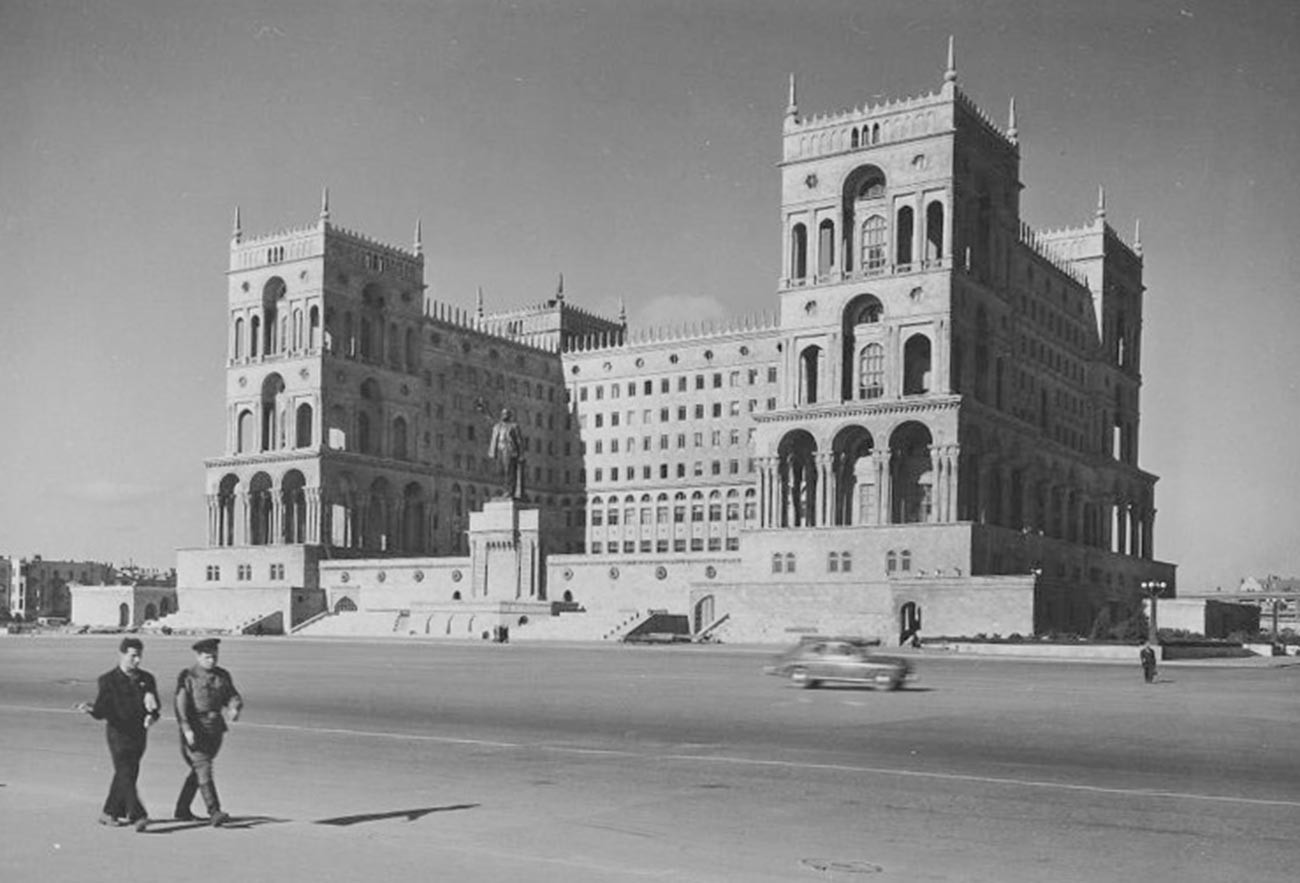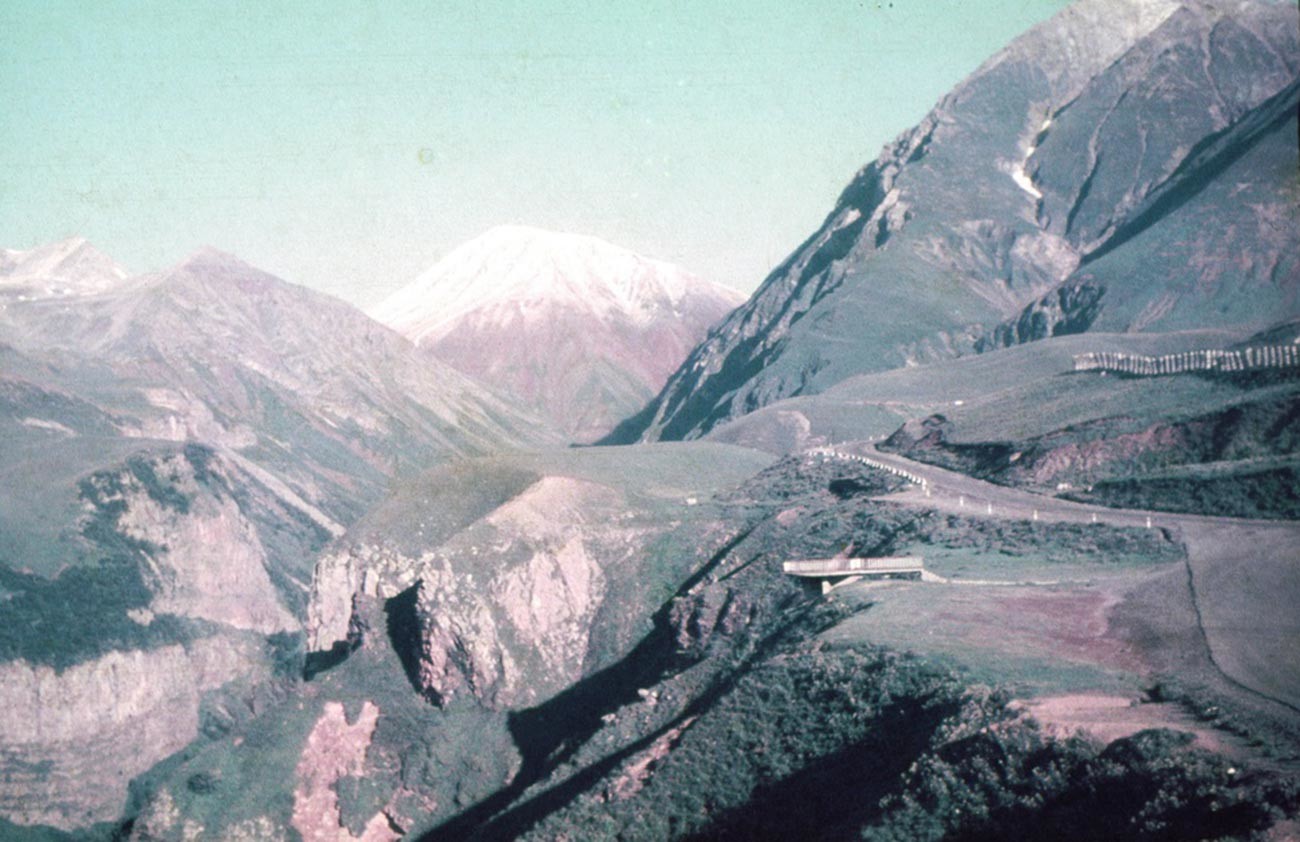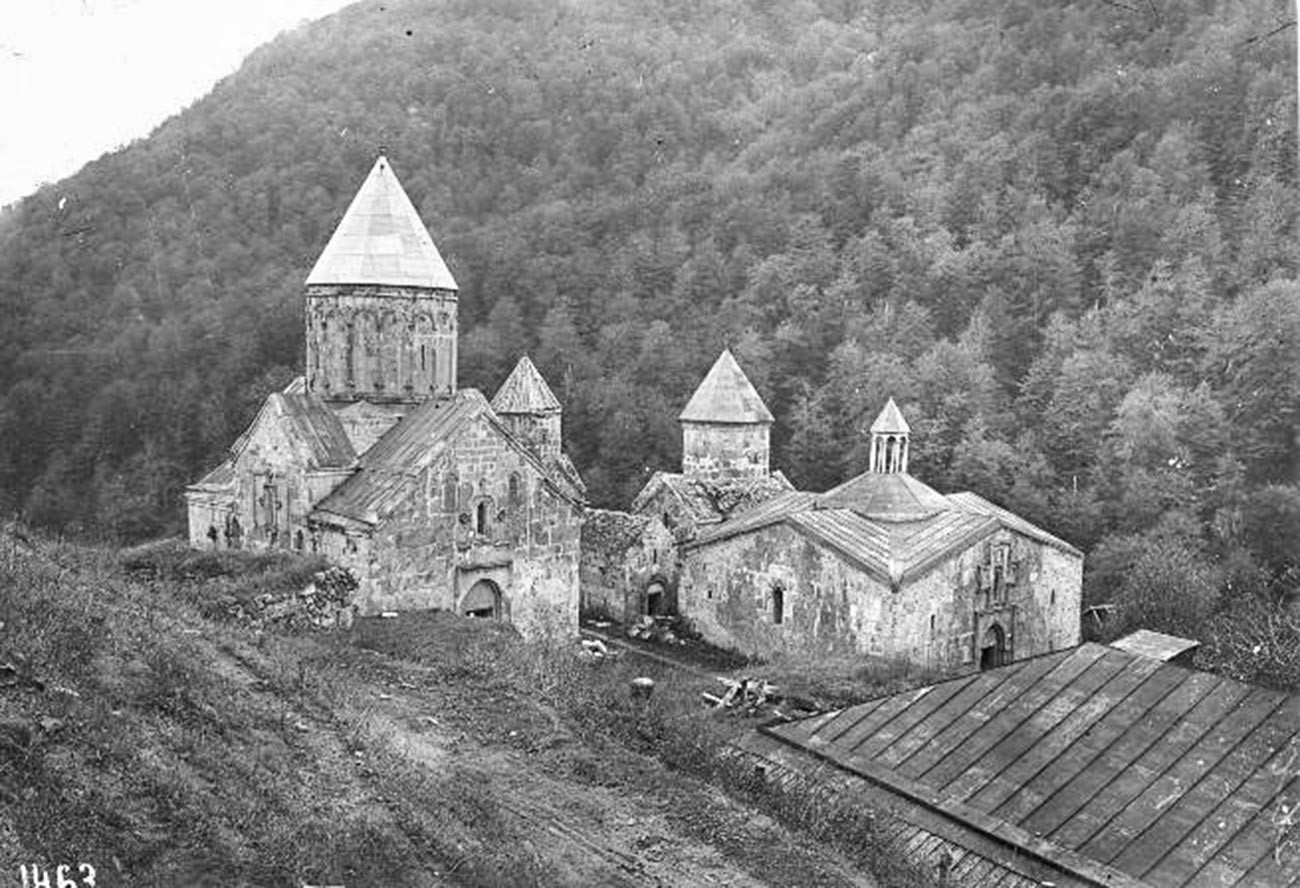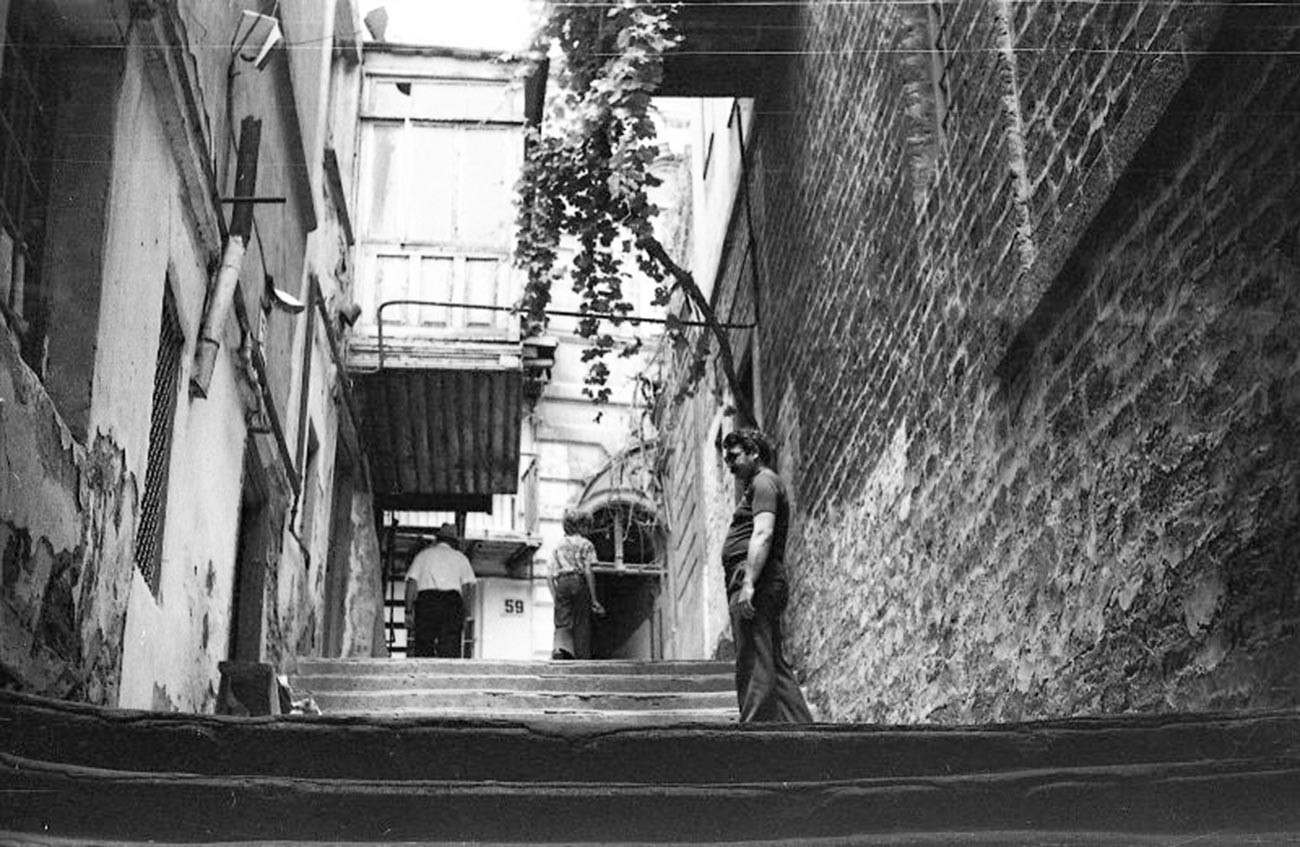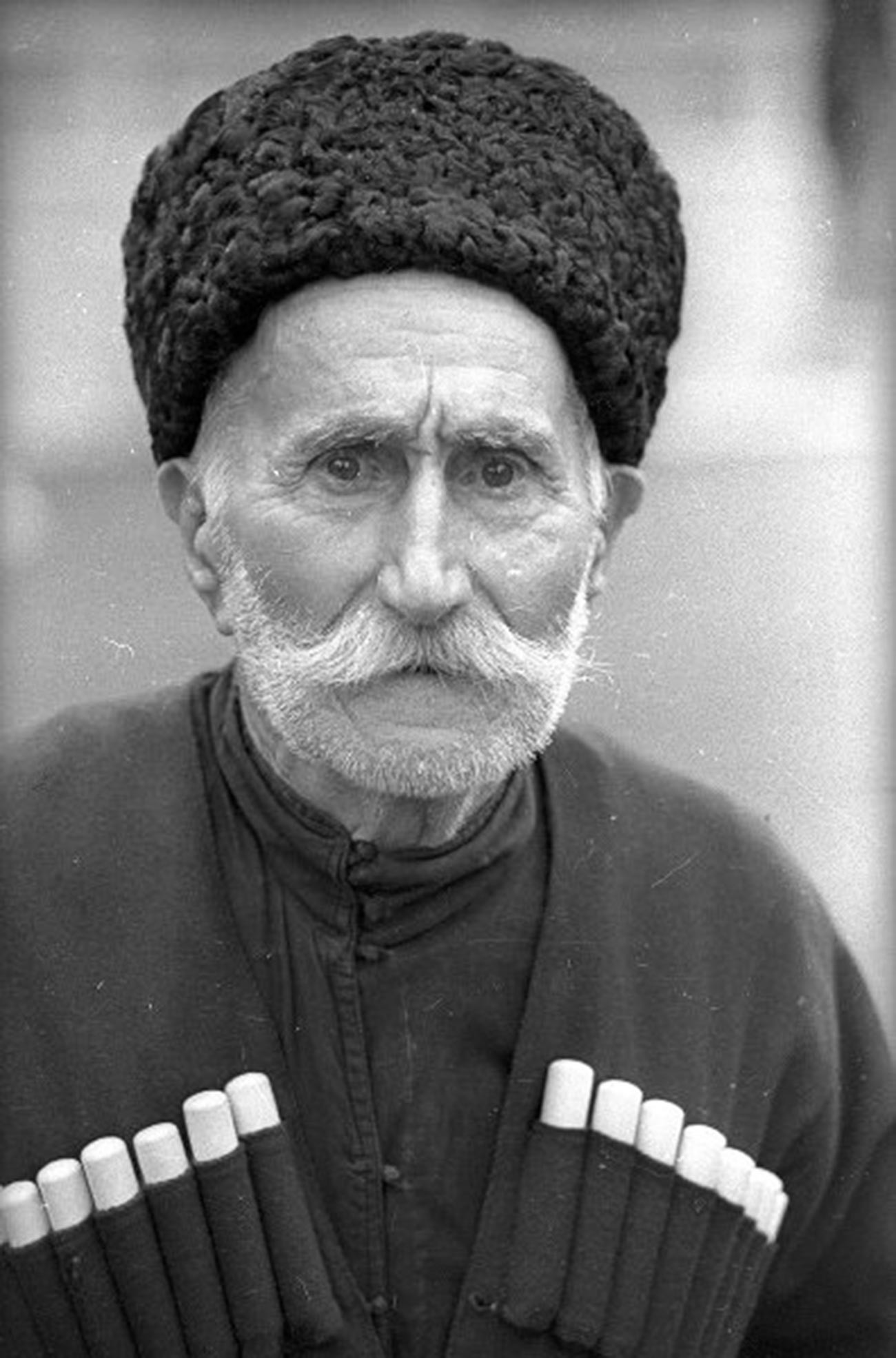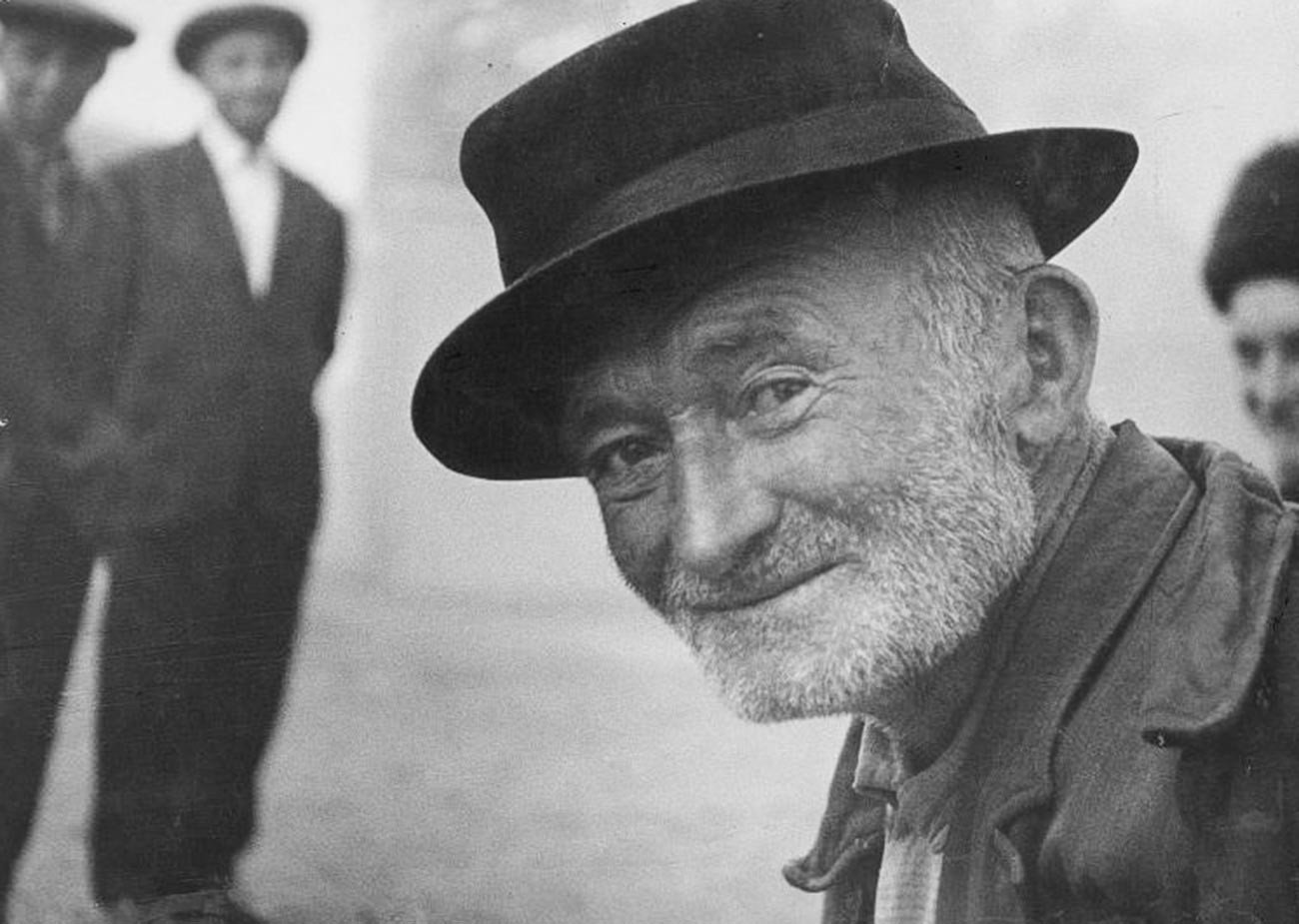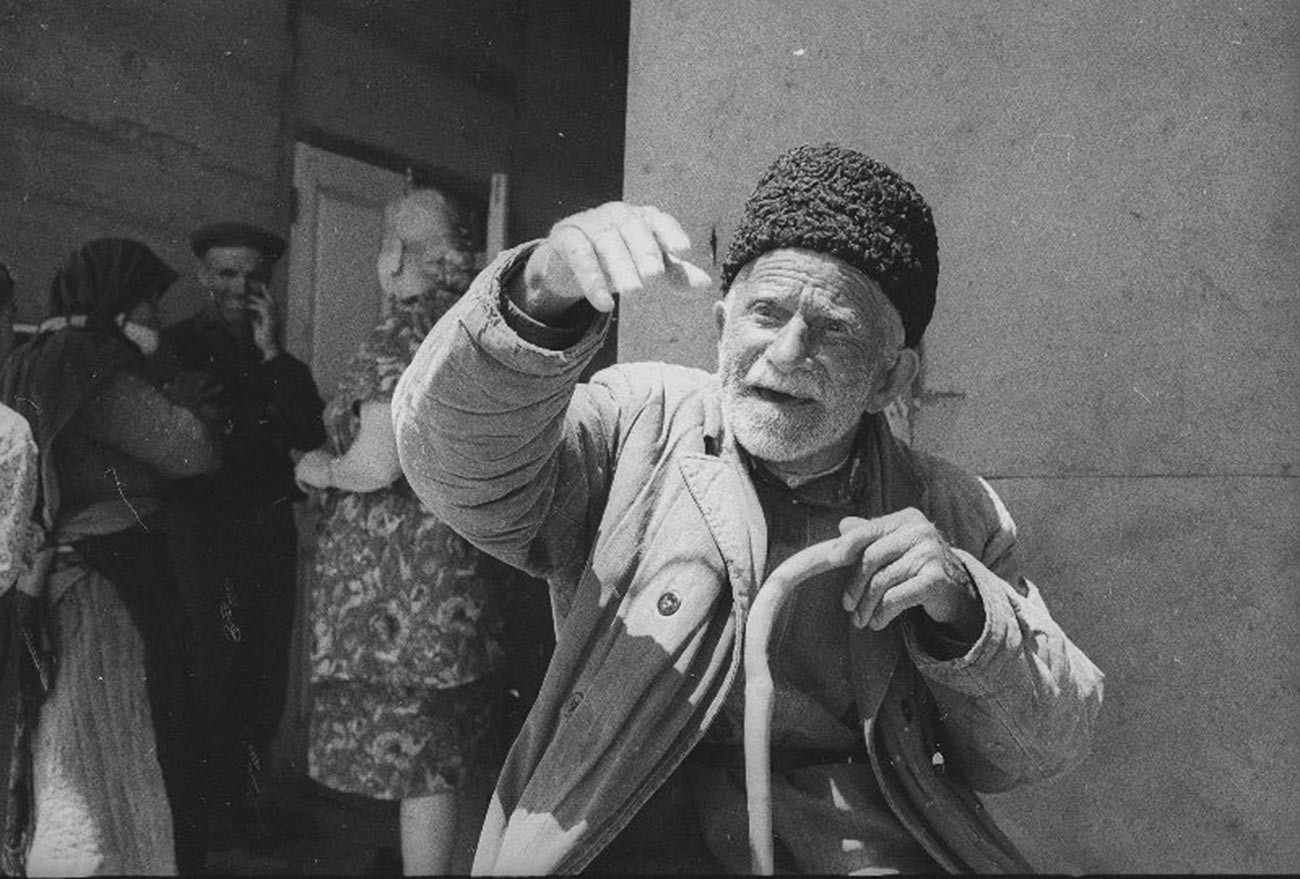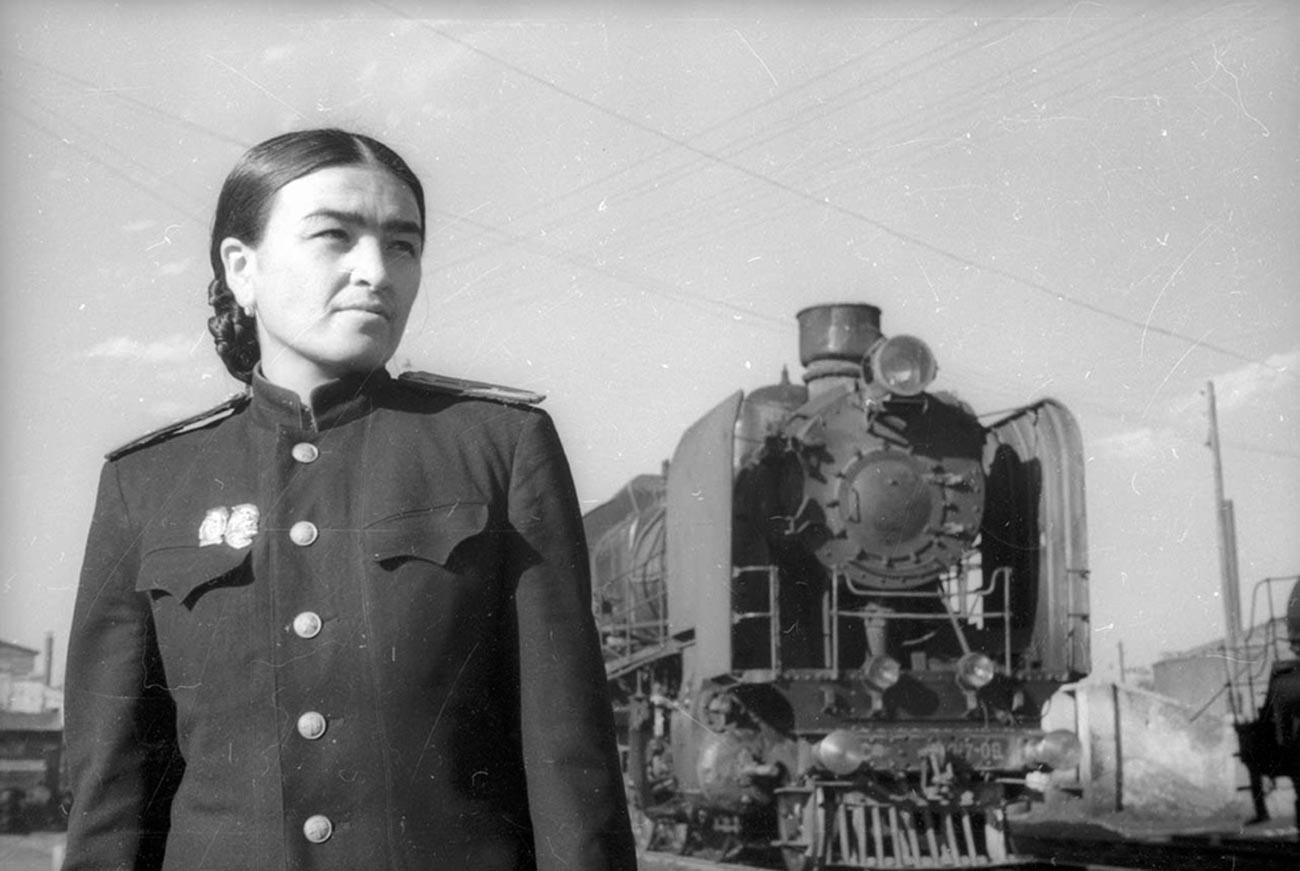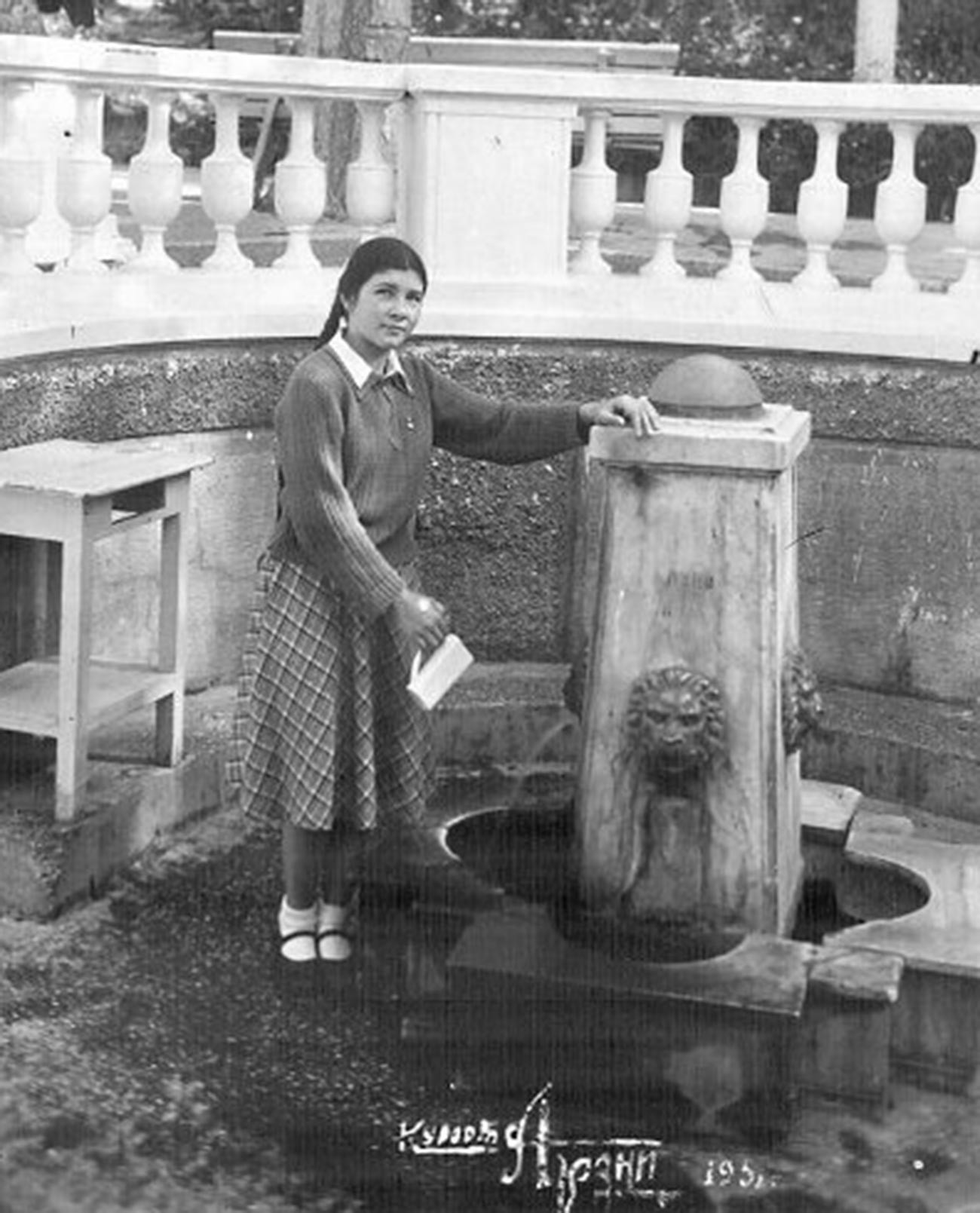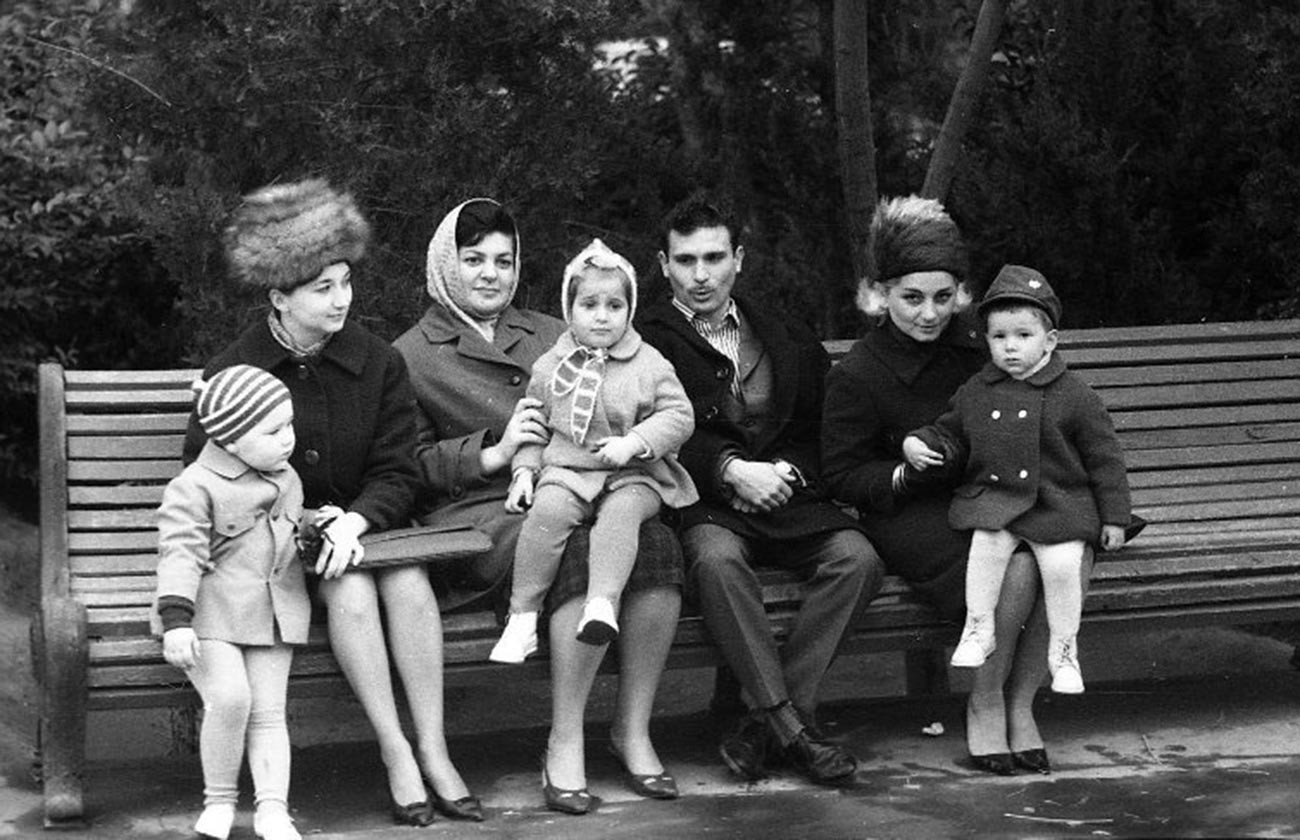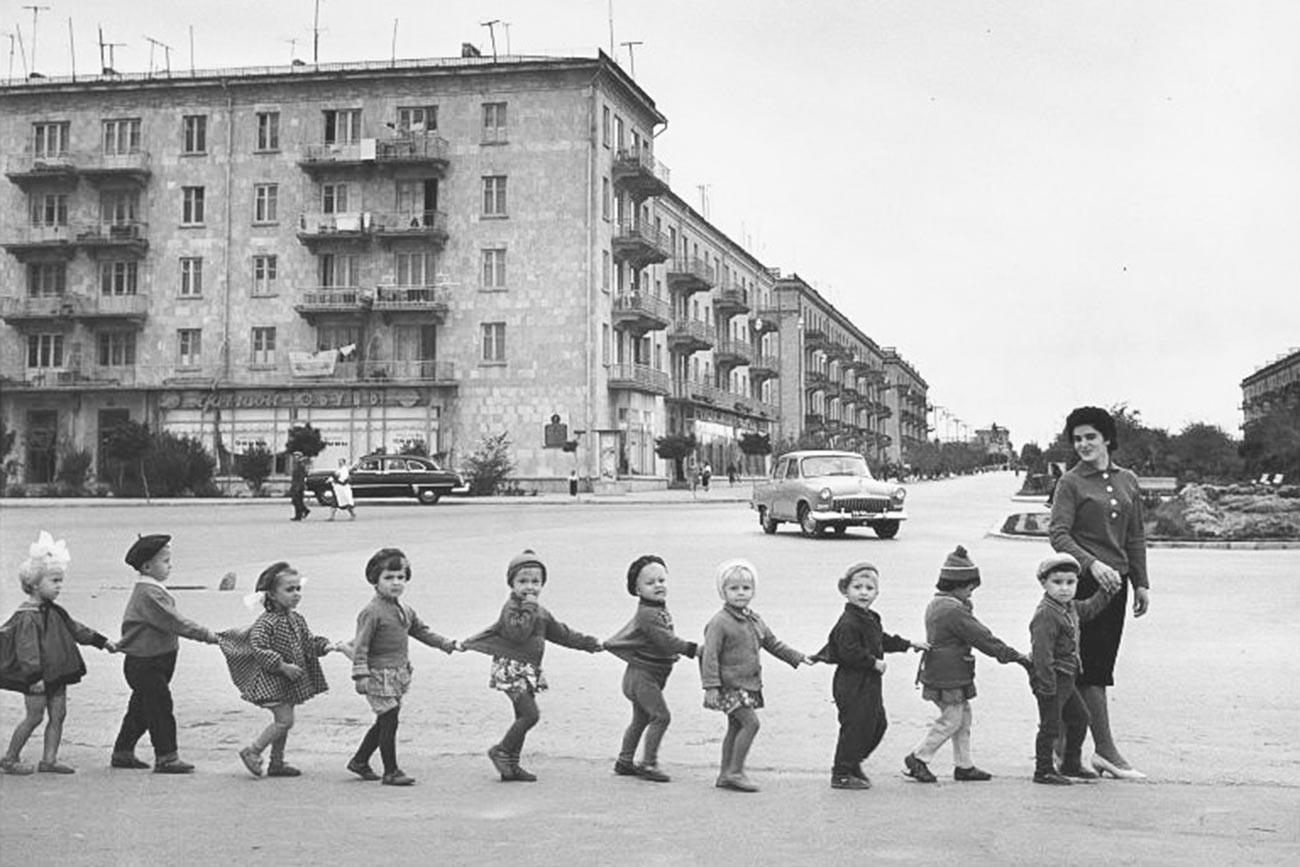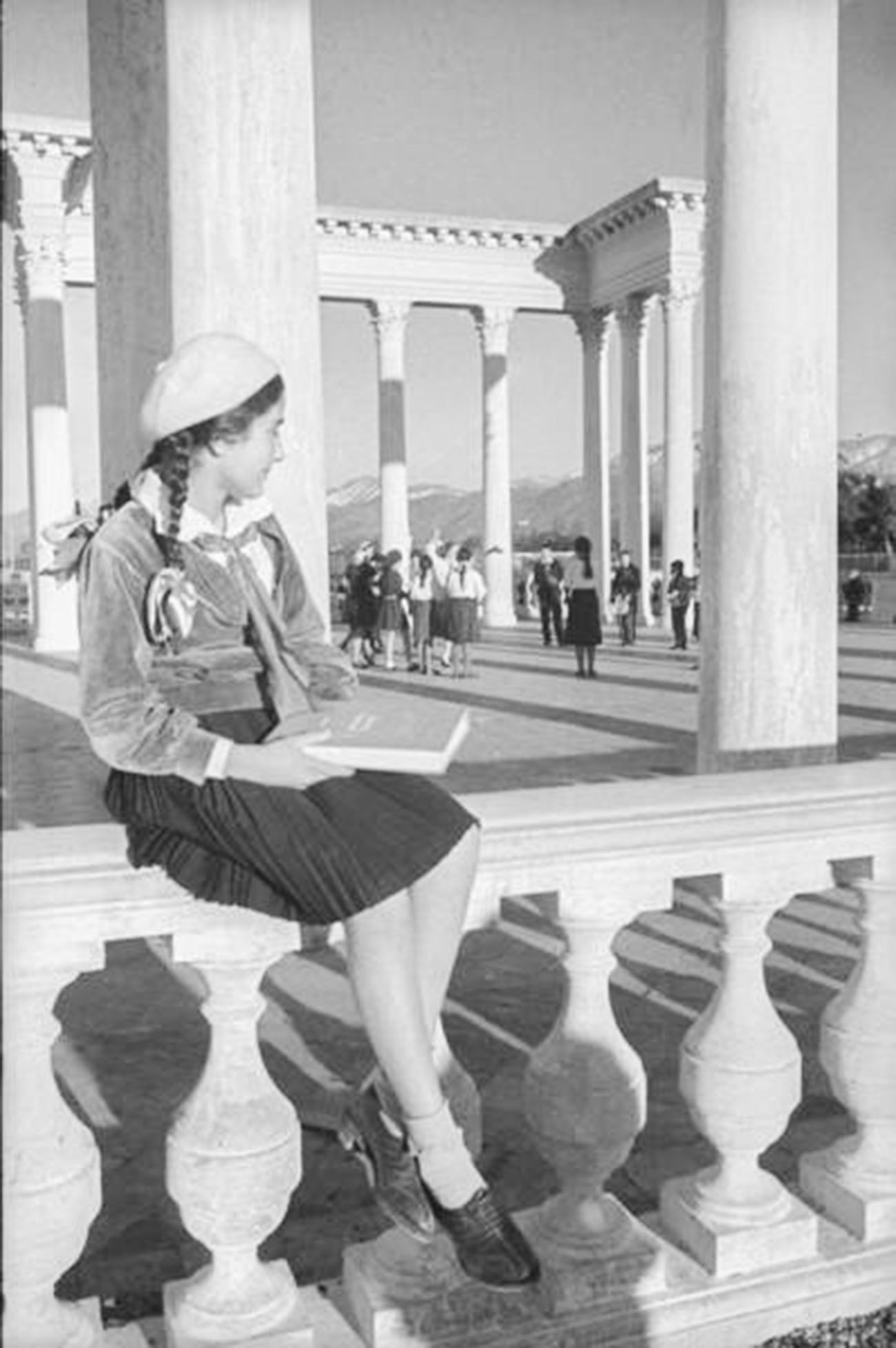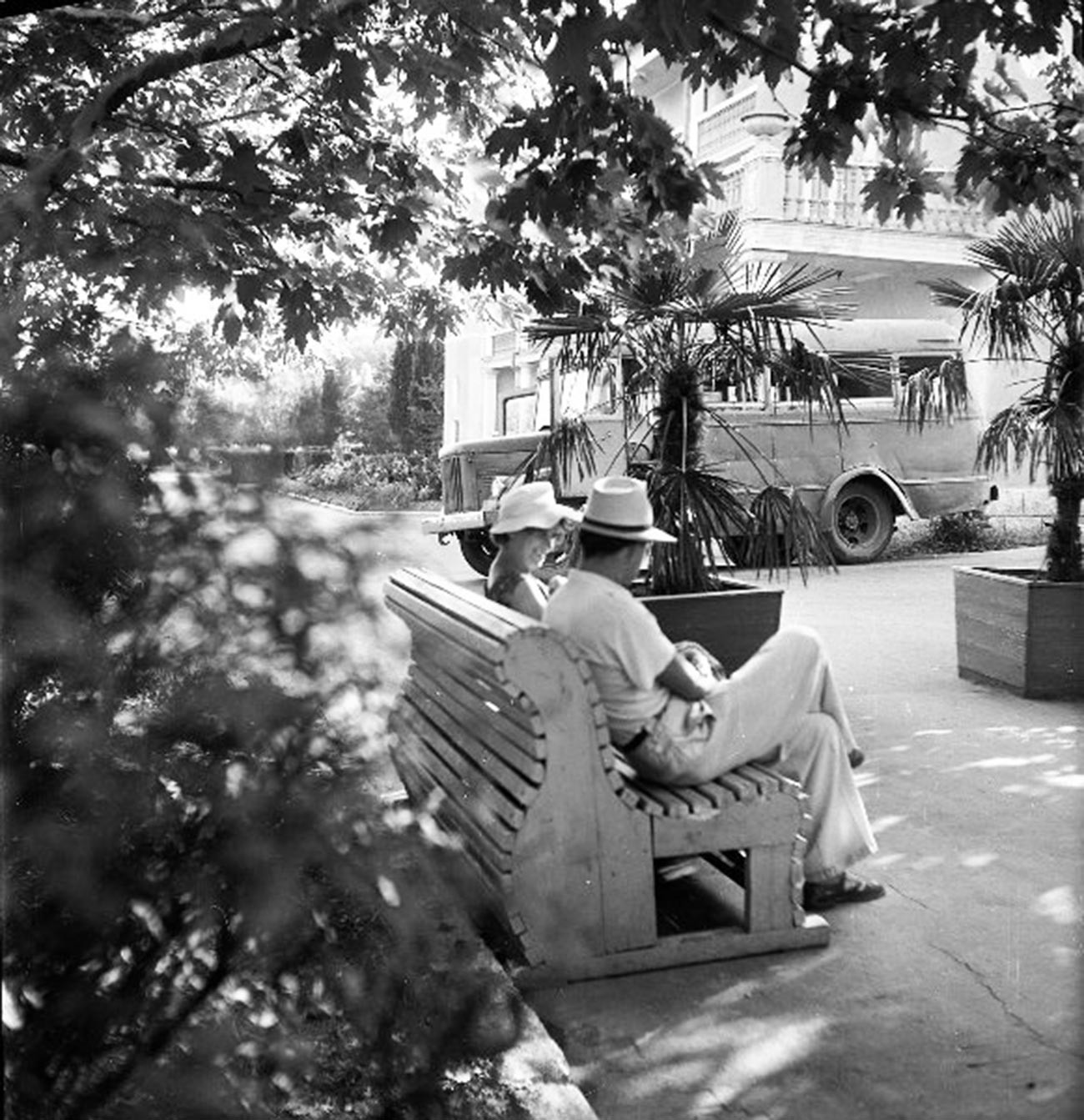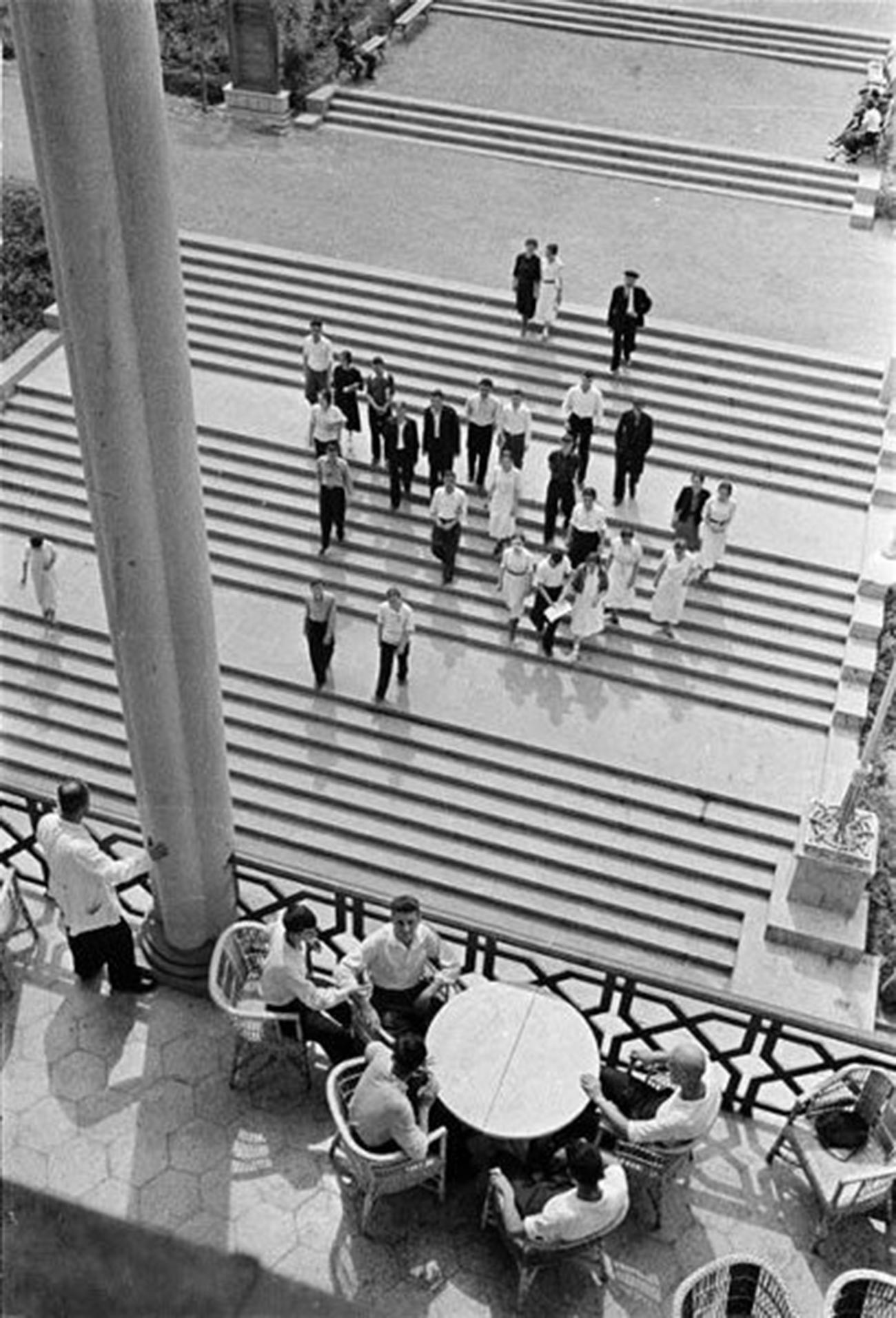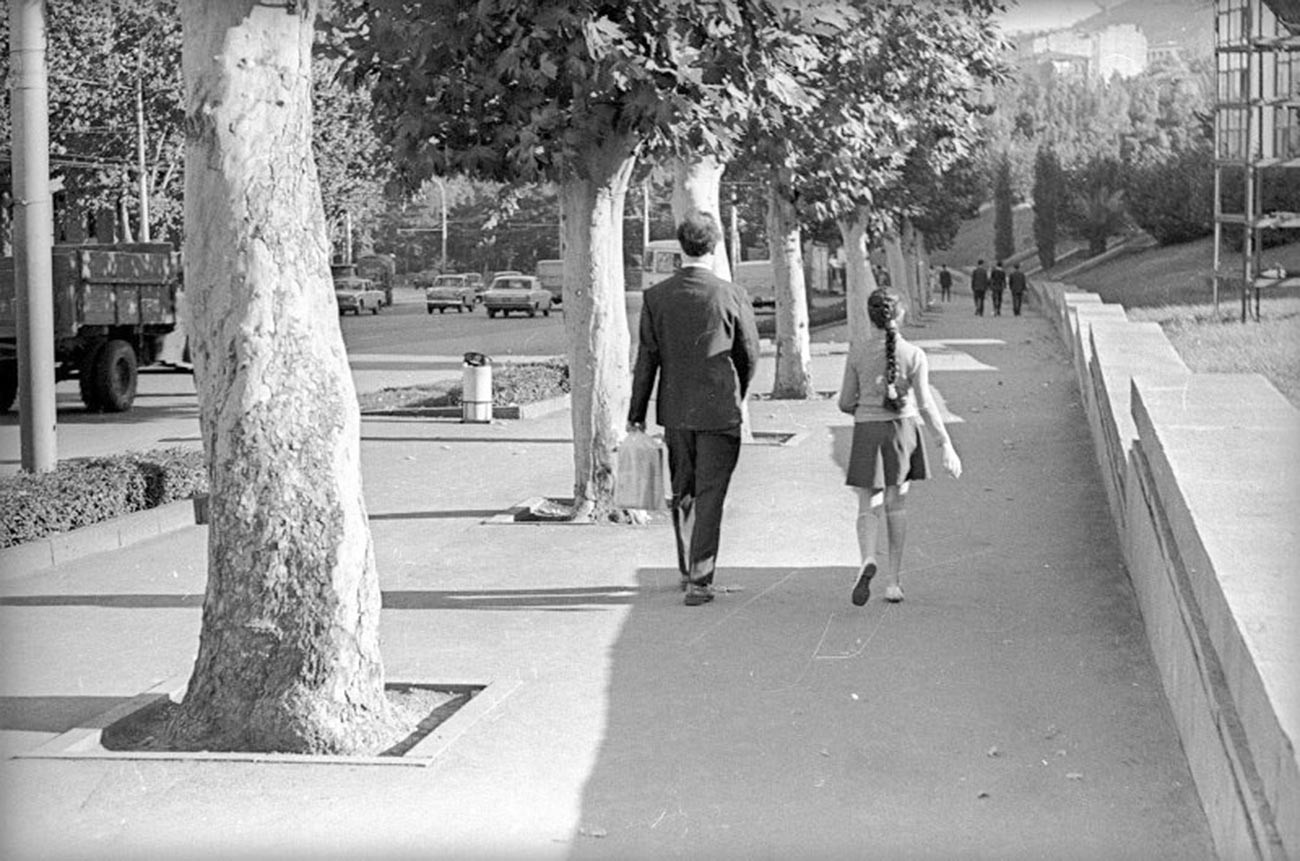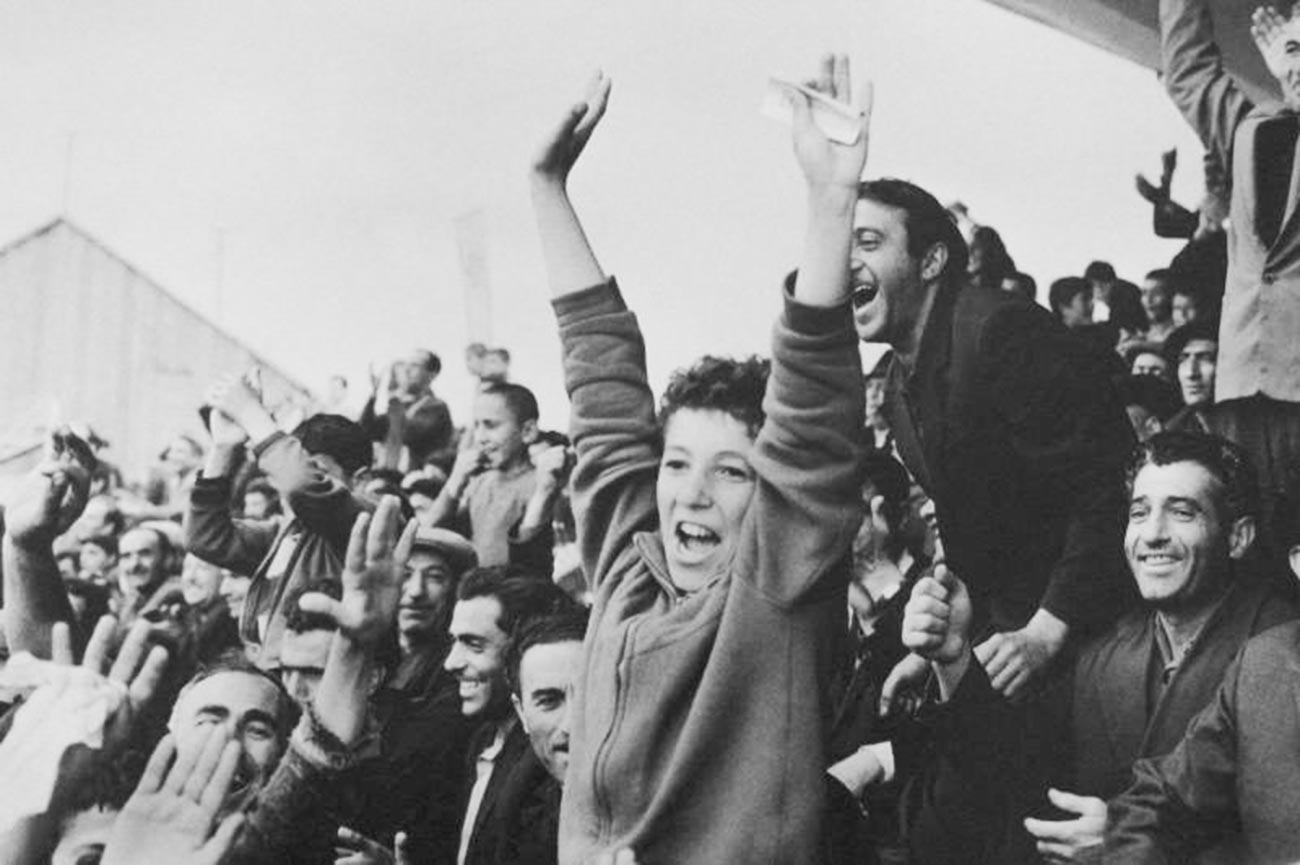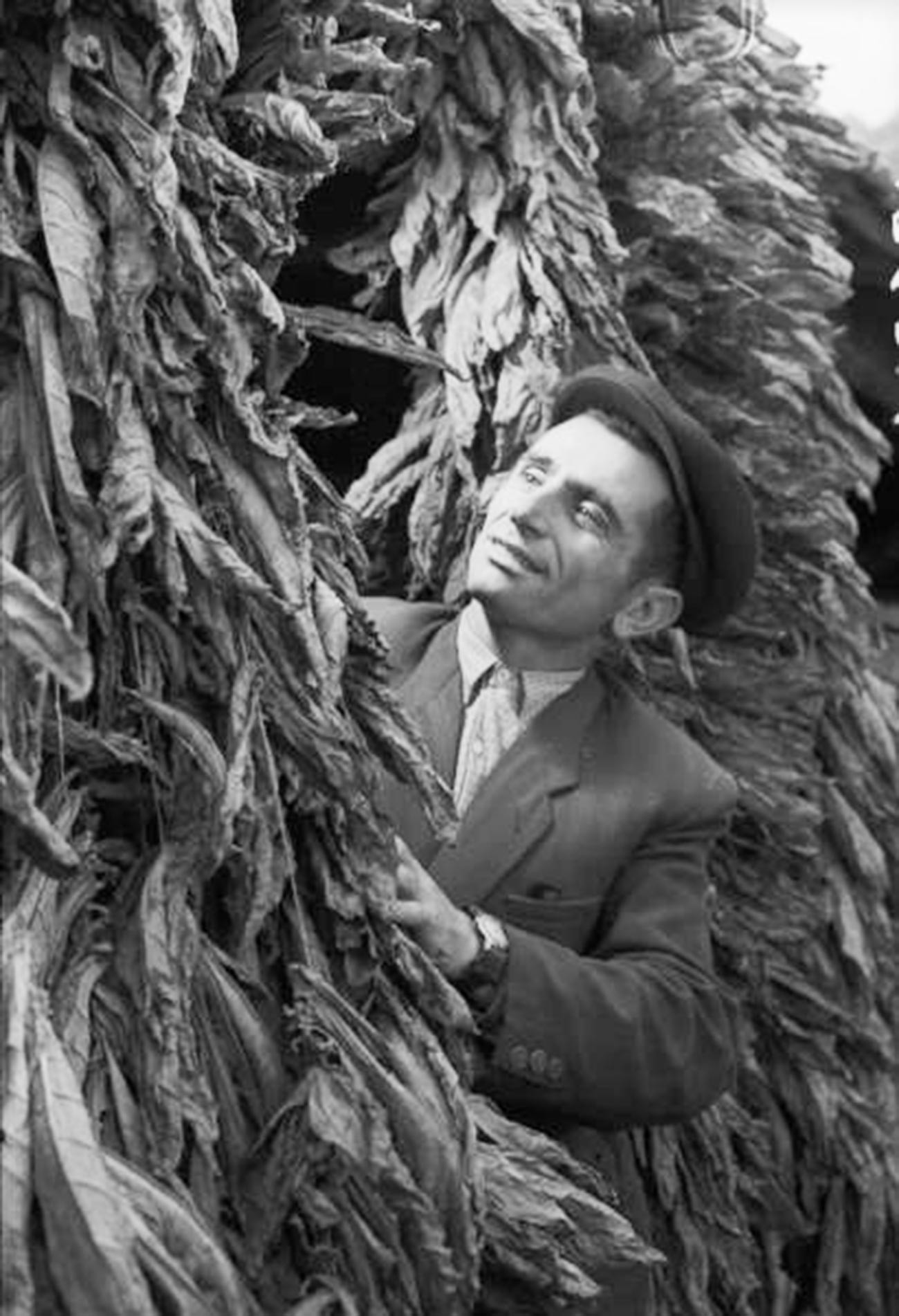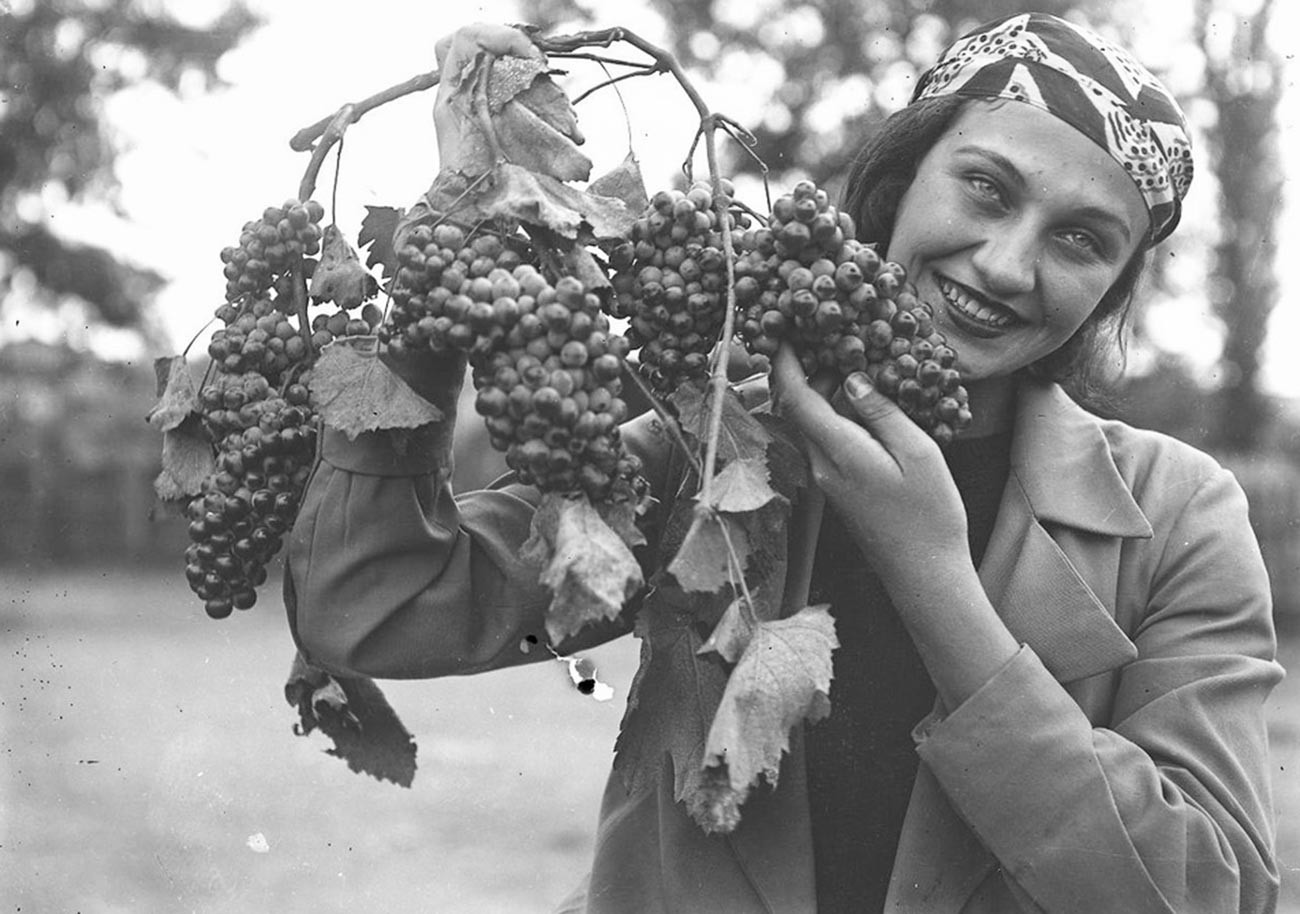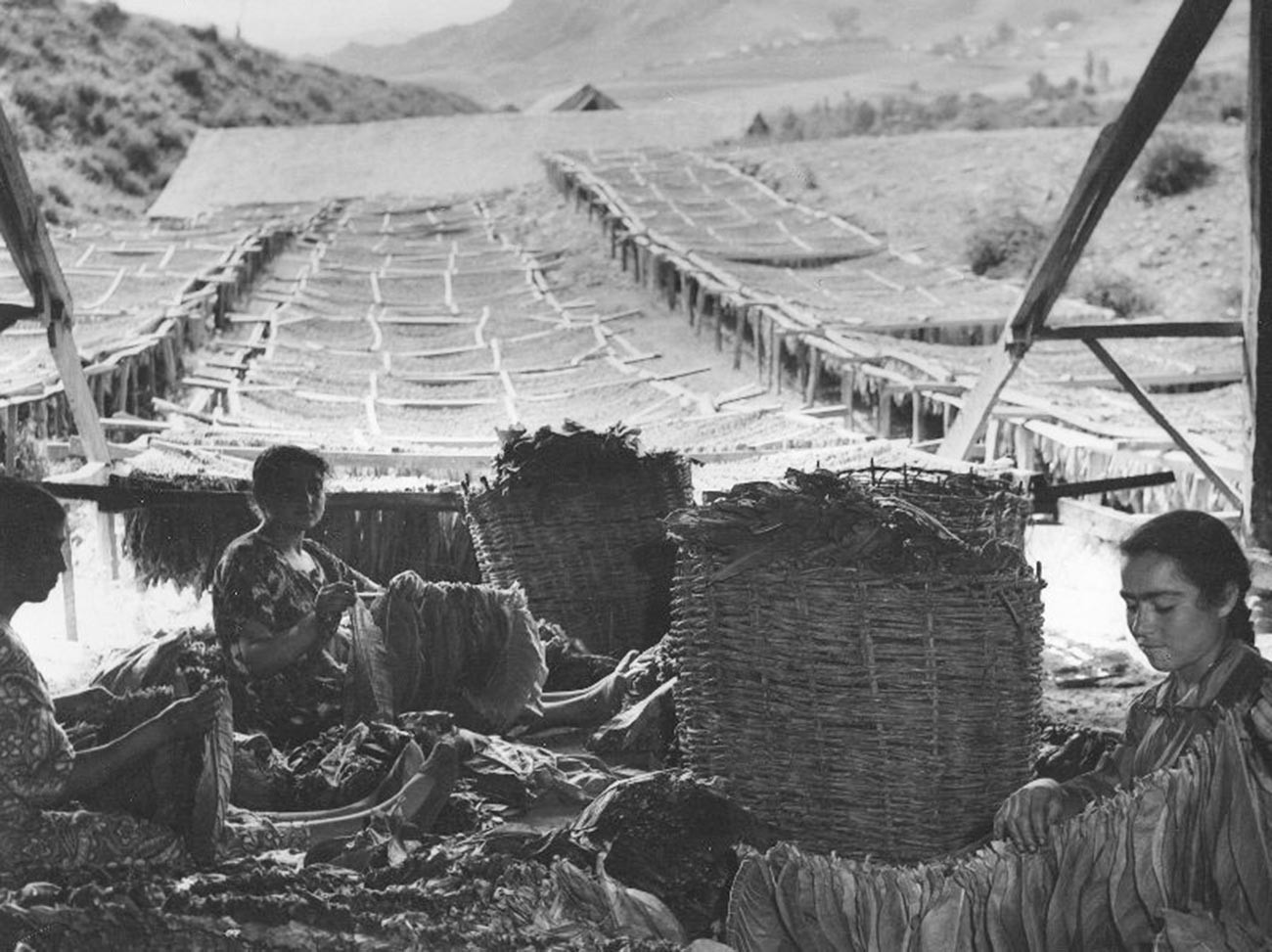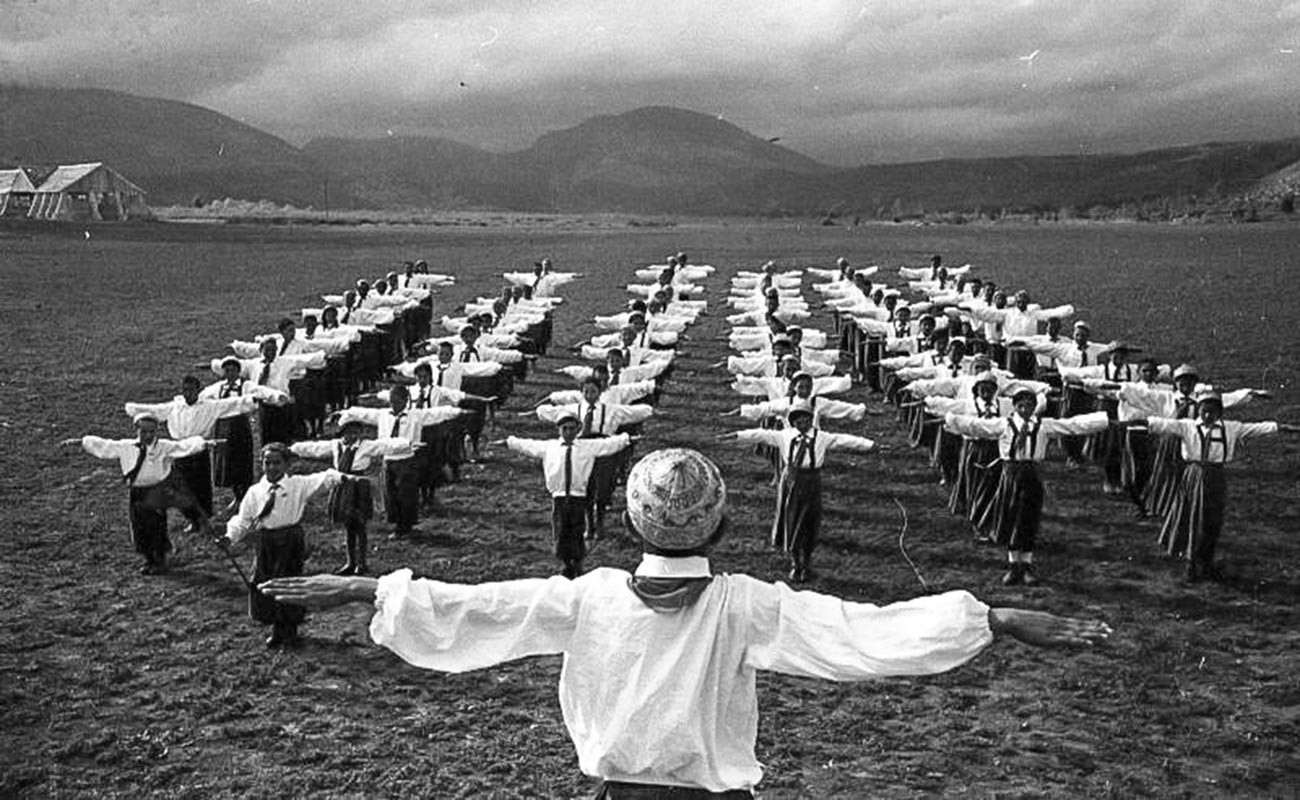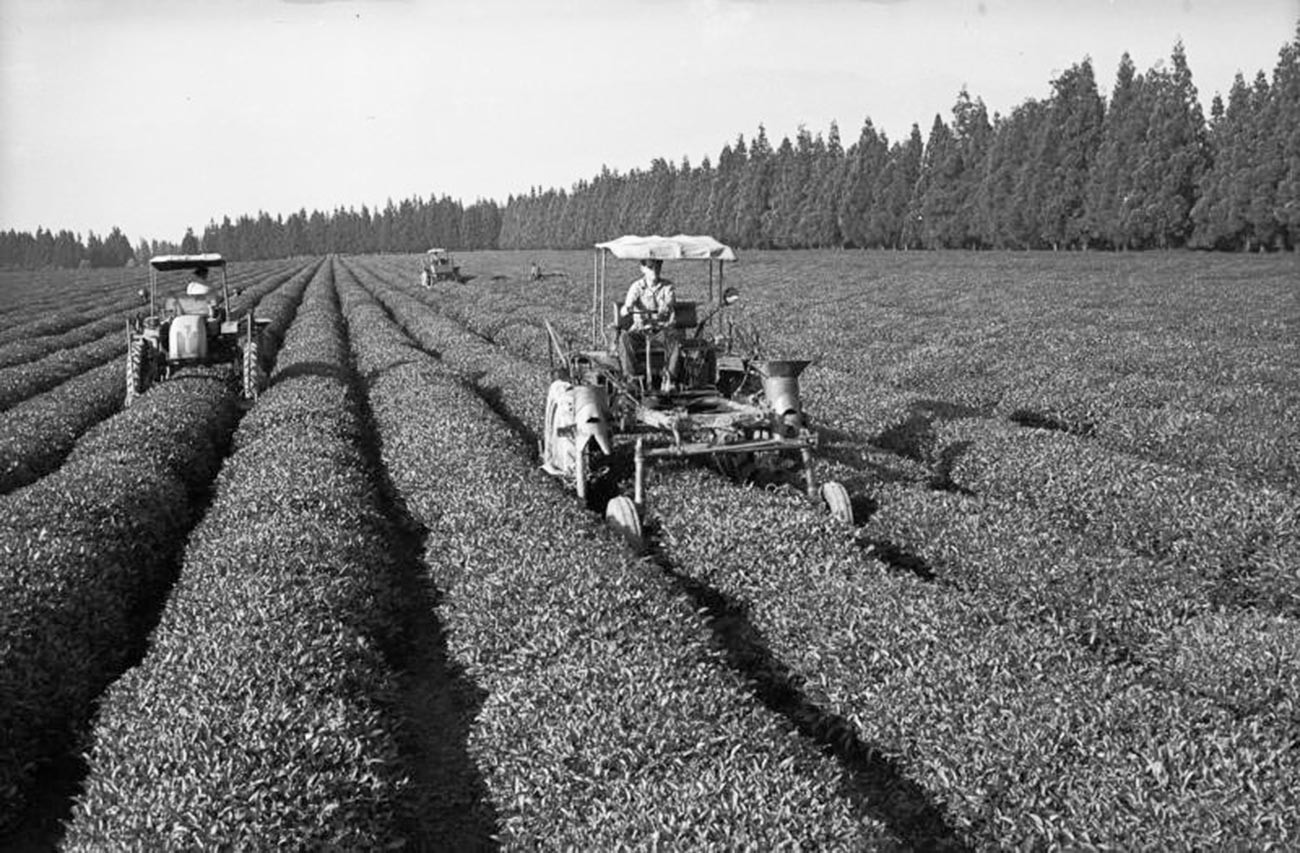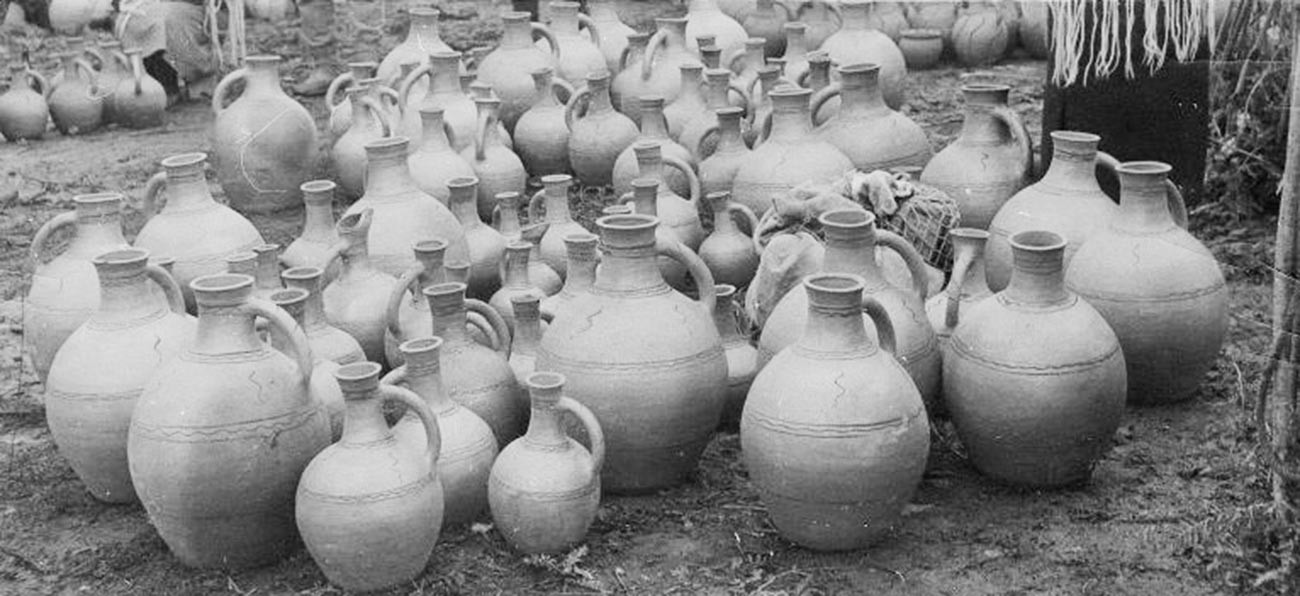What life was like in Soviet Caucasus Republics (PHOTOS)

The Soviet Caucasus was famous all over the USSR for its wine, health resorts and colorful local traditions.
Nature and architecture
The Caucasus is a mountainous region. People who live there take pride in this fact, as they believe harsh conditions strengthen their characters. Ancient monasteries standing lonely among mountainous landscapes is a common occurrence in this area. Yet, the Soviet past greatly influenced the local landscape, leaving monuments and buildings that are very characteristic of the Soviet urbanism behind in its wake.
A monument to Vladimir Lenin in Azerbaijan.
Lenin Square in Baku, the capital of Azerbaijan.
How Tbilisi, the capital of Soviet Georgia, looked like in 1971.
An observation deck on top of a mountainous pass in Georgian SSR, 1988, a typical landscape in this area.
While cities are full of Soviet monuments, ancient monasteries are scattered in the mountains.
Some locations in this region looked uncharacteristically exotic for Soviet people. For example, an old street in Baku, Azerbaijan.
Maiden Tower, a 12th-century monument in the Old City, Baku, Azerbaijan.
What living quarters in Yerevan, the capital city of Armenian SSR, looked like.
Faces of the region
Although many Soviet people regarded the Caucasus as a single region, because of the three republics’ similarities in landscape, climate, economy and other spheres of life, there were still many striking differences between Georgian, Armenian and Azerbaijan Soviet Republics.
An old Georgian man in 1971.
An Azeri man in the 1970s.
An old Armenian man in the 1960s.
Female locomotive engineer Ghulam Gasanova in 1943.
Entertainment, socialization, and pastime
Just as in other Soviet republics, people actively socialized with their colleagues and neighbors. Dancing was a popular pastime and the Caspian Sea, the pride of Azerbaijan SSR, provided a unique vacation site for the people of the region and the whole Soviet Union.
Sailing boats in 1935.
Sailors dancing with young women in Georgian SSR in 1944.
A woman at the Arzni Resort in Armenian SSR photographed in 1951. There were a lot of resorts in the region where people from all over the Soviet Union went for vacation and health treatment. Some of the resorts were famous for their mineral waters.
Parents socializing with their children in Baku, Soviet Azerbaijan, in 1955-56.
Children walking across a street in Sumqayit city in Azerbaijan in 1959.
Some people preferred privacy. A girl by herself in Batumi, Georgian SSR, in 1938.
People resting at the Friendship sanatorium in Georgian SSR in 1957.
People resting in Tbilisi, Georgian SSR, in 1939.
People walking on the street of Tbilisi in 1971.
A woman in Armenia in the 1960s.
Cheering fans at a stadium in Armenian SSR in the 1960s.
Rural life
Farming and stockbreeding were some of the key economic pillars in the Soviet Caucasus. These three republics supplied fruit, tea, milk, meat and, most remarkably, wine and tobacco for the whole Soviet Union. The Soviet leadership considered they had to support the republics economically and therefore bought these products at inflated prices to kickstart the local economies. Soon, this approach paid off.
An Armenian man inspecting tobacco leaves in the early 1960s.
A woman harvesting grapes in Georgian SSR in 1938.
Women working with tobacco leaves in Armenia in the 1950s.
A collective workout exercise in an Azeri farm in 1936.
A young Armenian boy looking after his livestock in the 1960s.
Armenian farmers measuring the weight of harvested cotton in 1955-1965.
People working at a tea plantation in Georgian SSR in the 1950s.
The region is famous for its wine production. Wine produced locally was exported to all the other republics of the USSR.
Click here to find out what life in Soviet Ukraine was like.
If using any of Russia Beyond's content, partly or in full, always provide an active hyperlink to the original material.
Subscribe
to our newsletter!
Get the week's best stories straight to your inbox

